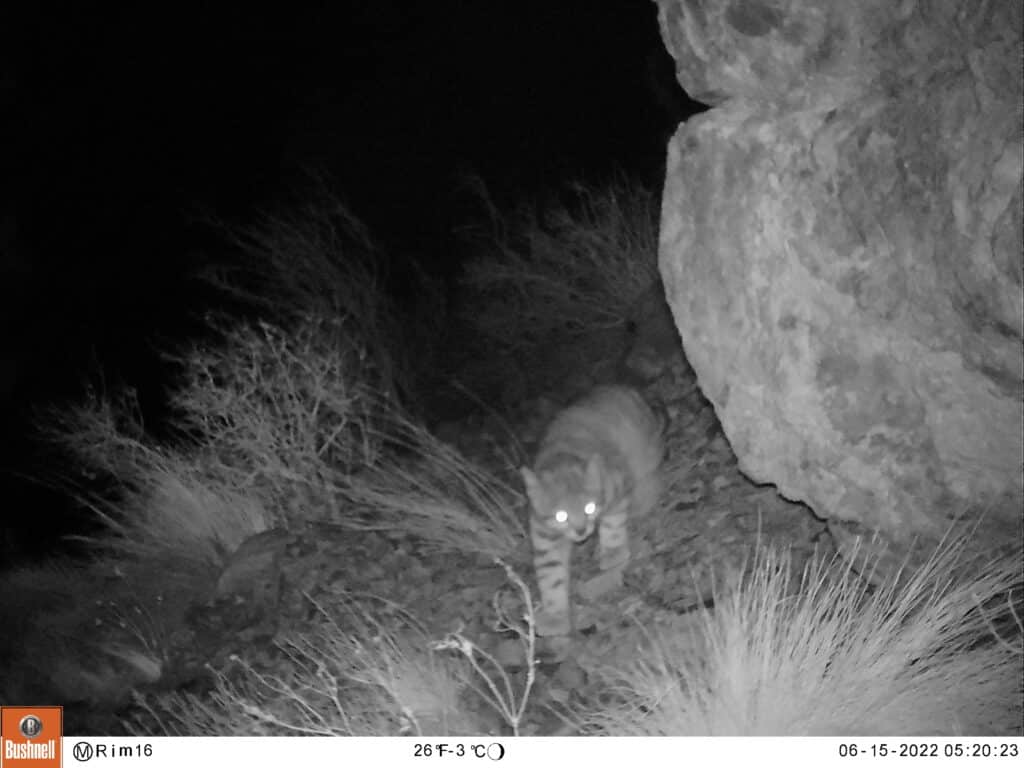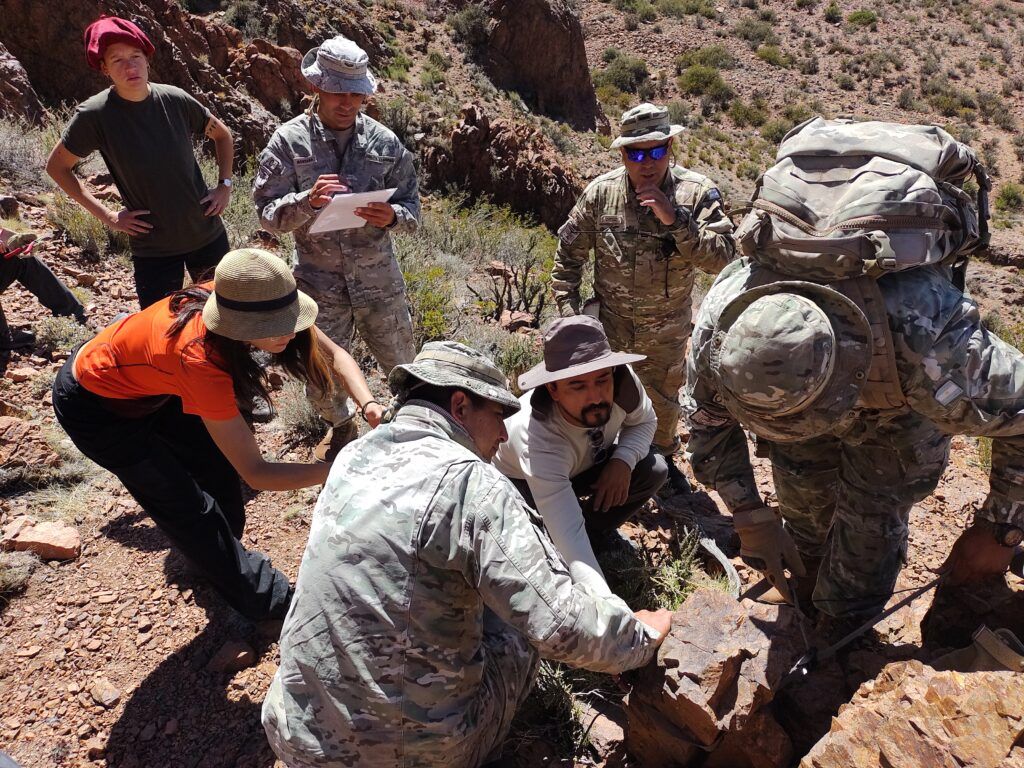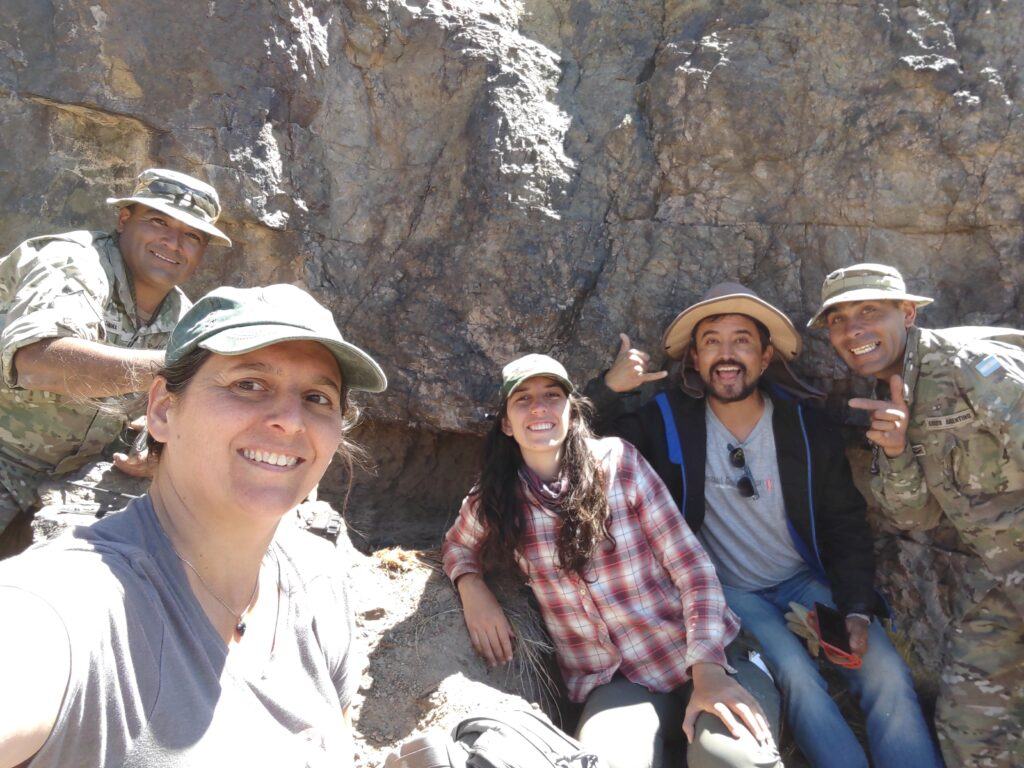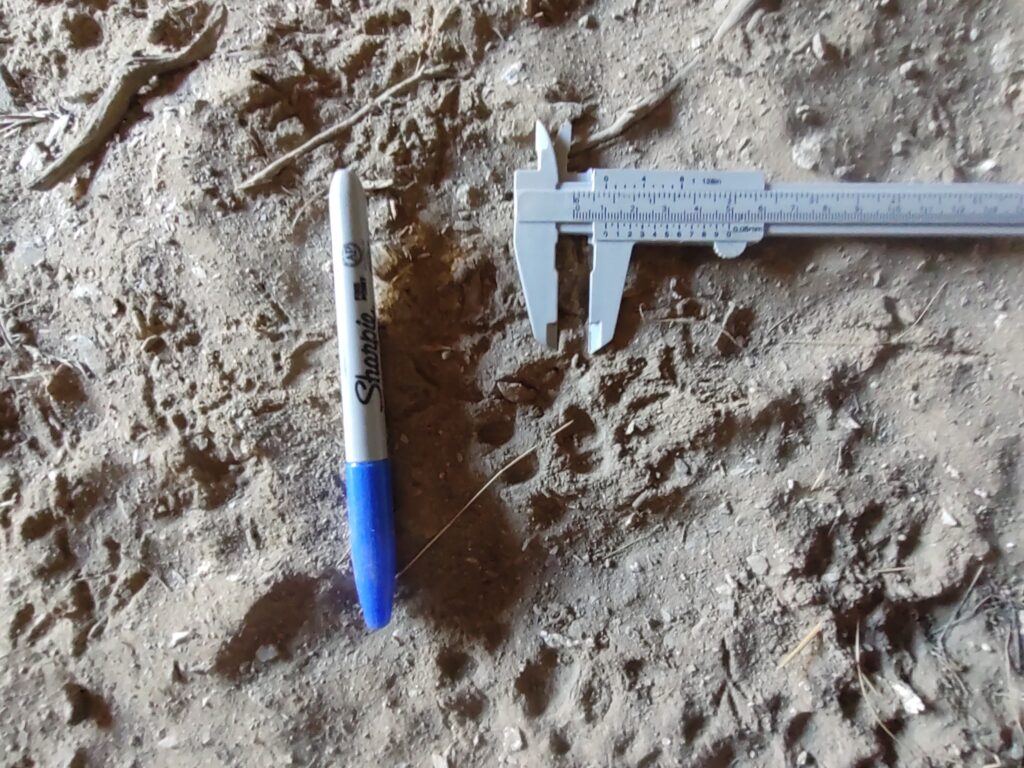Advancing Conservation With a Single Photo
The wind howled and the sky was awash with orange and violet as Dr. Rocío Palacios, Executive Director of Andean Cat Alliance (AGA), placed the last camera trap in the rocky terrain of Uspallata Defense Nature Reserve. This was the final day that AGA and their project partner, Natura International, could set up camera traps for data collection on this military-owned land. Despite high hopes, Rocío wasn’t sure if this particular camera would capture anything useful in such a remote location. Unexpectedly, it would end up being the most important camera of them all, yielding a discovery that could help designate this area as a new national park.
This camera captured an astonishing photo of an Andean cat prowling in the mountains near the town of Uspallata. As some of the rarest, most elusive small wild cats in the world, Andean cats are known as the ghosts of the Andes. This is the first and only evidence of the species living in this unlikely place, where the military regularly holds training and munitions practice. Uspallata is a Natural Reserve of Defense—a protected area designed for both land preservation and military application—co-created by Argentina’s National Parks Administration and the National Ministry of Defense. Since they do not have scientific backgrounds, they rely on AGA and Natura International to inform their decisions about conservation in this 543,000 acre protected area. Although established five years ago, the Reserve is only now being converted for conservation purposes thanks to Natura International, who invited AGA to help survey endangered wildlife there. Uspallata is located near the Chilean border at a key point where the cats transition from high mountains to lower elevations. Rocío suspects that this makes Uspallata critical to maintaining connectivity between the Andean cats’ northern and southern range.
Turning the Reserve into a national park would improve this Andean cat territory by moving military activity to areas less relevant to wildlife conservation and regulating high tourism near Uspallata. In order to achieve this, AGA must prove that Uspallata is important to Andean cat survival. The photo from AGA’s camera trap is the only photographic evidence of the cats in the area, making it crucial to the project. While AGA cannot yet estimate how many Andean cats live in Uspallata, they are collecting fecal samples for genetic analysis to see if the cats here are breeding with neighboring populations. Meanwhile, Natura International drives the social movement supporting the national park plan. This campaign, combined with AGA’s data, will hopefully convince politicians and military officials to approve the park’s creation.
Although establishing the park means relocating military operations, Rocío was pleasantly surprised that the mountain regiment cooperated with her research, even climbing high cliffs to help her install camera traps. Local residents are also excited about a potential new national park; like the military, they had no idea that Andean cats shared their land, so AGA is supporting education efforts and developing new conservation programs in the area to reduce threats to Andean cats. Uspallata represents a rare opportunity to transform important Andean cat habitat into a national park and inspire local people and the military to become invested in conservation.
Rocío will continue documenting signs of Andean cat presence in Uspallata, and by gathering this eye-opening data, AGA can help safeguard this unlikely, but important, Andean cat habitat.








